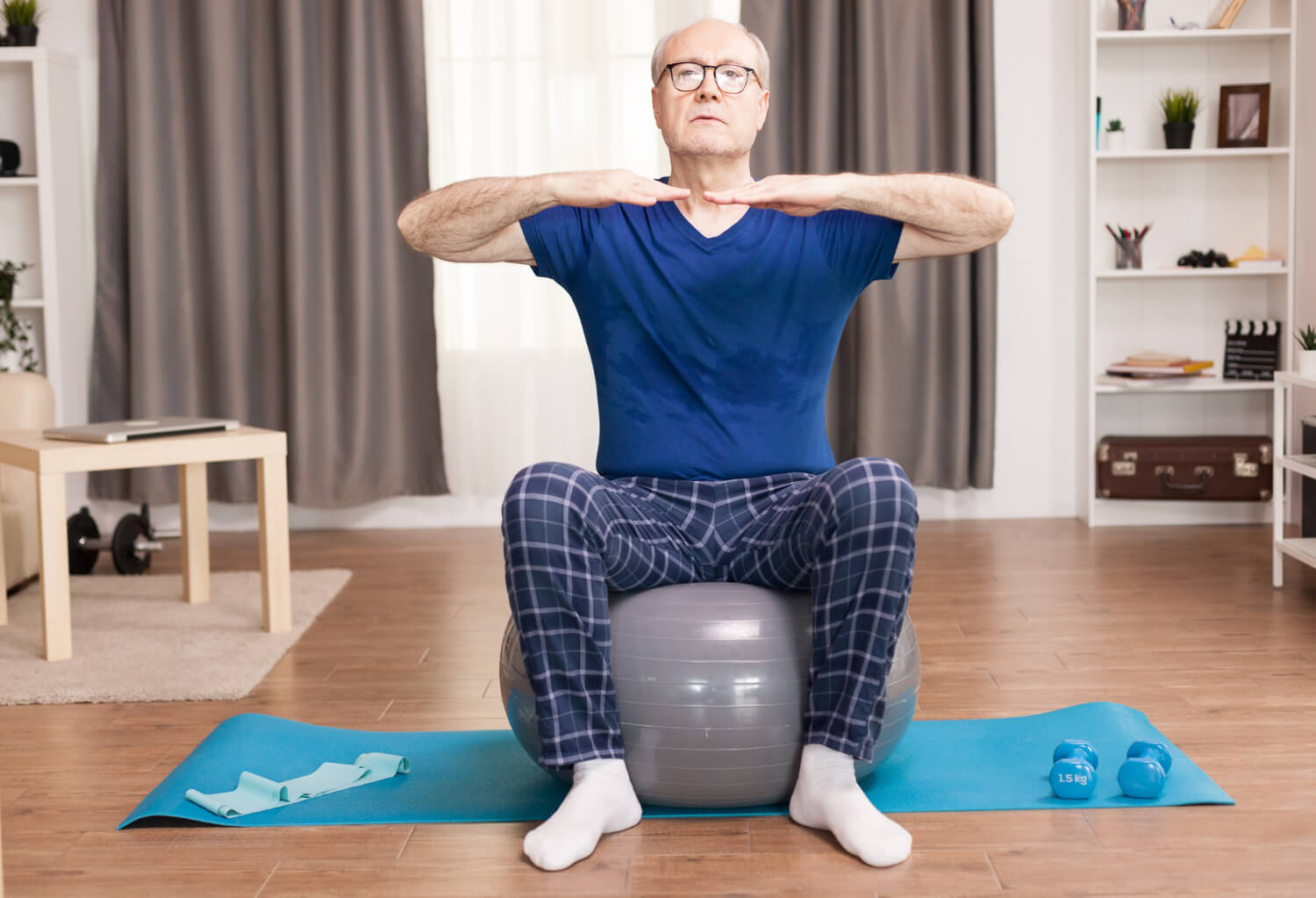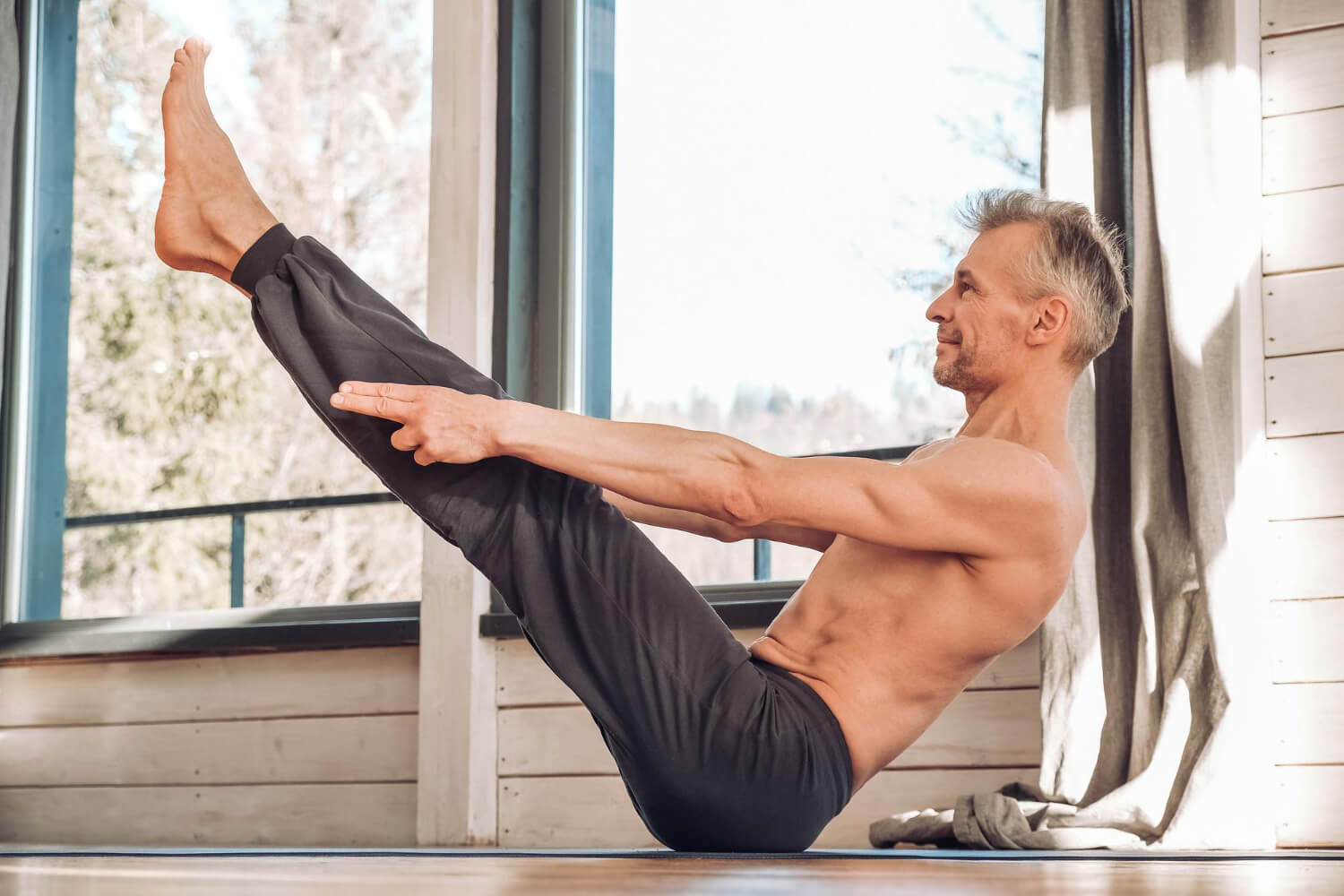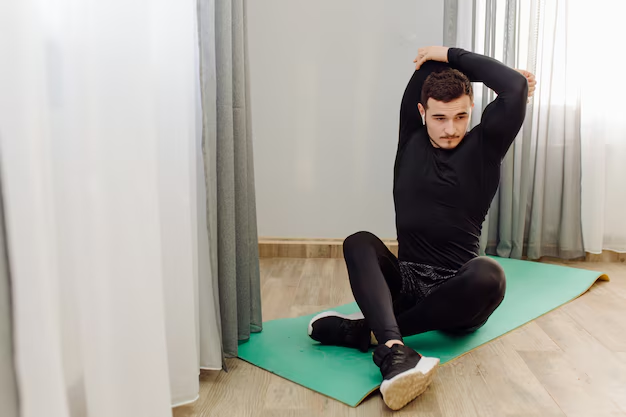Pilates has long been stereotyped as a practice meant for dancers or women seeking toned physiques. But this couldn’t be farther from the truth. Men around the world, including professional athletes like LeBron James and Cristiano Ronaldo, are reaping the benefits of Pilates for strength, flexibility, endurance, and injury prevention. If you’re new to the world of Pilates and wondering whether it’s the right fit for you, you’re in the right place.
This guide covers everything you need to know about Pilates for men—what it is, the unique benefits it offers, and how you can get started today. While stepping into a Pilates studio might seem intimidating at first, you’ll find that this form of exercise is not just for everyone—it’s particularly powerful for men looking to elevate their physical performance and overall well-being.
What is Pilates, and Is It for Men?
Developed in the early 20th century by Joseph Pilates, this fitness system was designed to improve body alignment, strengthen core muscles, and enhance overall flexibility. Originally embraced by injured WWI vets and later by dancers, Pilates is now a global fitness phenomenon. The method includes a combination of mat-based exercises and equipment workouts (using tools like the Reformer), aimed at promoting controlled and purposeful movements.
And yes, Pilates is absolutely for men. The idea that it’s gender-specific is a myth. From football players to CEOs, men have been discovering its profound physical and mental benefits. Unlike the high-impact workouts you might be familiar with (like weightlifting or HIIT), Pilates focuses on balance, control, and core engagement—all vital for improving athletic performance or simply leading a pain-free life.

The Incredible Benefits of Pilates for Men
Why should men consider adding Pilates to their fitness routine? For starters, it delivers benefits that traditional gym routines often neglect.
One of the biggest takeaways men experience is improved core strength. While the “core” often gets reduced to six-pack abs in marketing lingo, Pilates dives deeper. It trains the complete set of muscles in your midsection—the rectus abdominis, obliques, transverse abdominis, and even the small stabilizers in your lower back. This means added stability, better posture, and less stress on your spine during heavy lifts or manual labor.
Flexibility is another standout advantage. Most men tend to focus on strength training while overlooking their often tight hamstrings, shoulders, or hips. Pilates introduces dynamic and flowing stretches that complement your stiffness-prone areas, leaving you more limber without compromising strength.
Additionally, Pilates significantly boosts muscular endurance. Unlike traditional gym programs where reps focus on power, Pilates emphasizes small, controlled movements performed repeatedly. This builds stamina and improves muscle longevity over time—a critical factor for athletes wanting to last longer on the field or busy dads who refuse to get sidelined by muscle fatigue.
Perhaps one of the most underrated benefits of Pilates for men is injury prevention. Since it strengthens deep stabilizer muscles that support your joints and builds balanced strength across your body, Pilates drastically reduces overuse injuries and imbalances that arise from other forms of training.
Finally, Pilates isn’t just about physical gains. The focus on controlled breathing and mindfulness during each session can profoundly improve mental clarity and reduce stress. It’s a full-body workout that targets not just your muscles, but also your ability to stay present.
What to Expect in a Pilates Class (and How to Get Started)
For men new to Pilates, the idea of showing up to a class might feel intimidating. However, walking in with a basic understanding of what to expect will help ease any nerves.
Classes are typically built around mat exercises or equipment-based workouts such as the Reformer, Cadillac, or Wunda Chair. Mat classes involve bodyweight exercises that require no special equipment and focus on foundational movements. They’re a great starting point for Pilates beginners. Equipment classes, although slightly more complex, can offer additional support and resistance, making them perfect for building strength.
Your instructor will guide you through a series of low-impact yet highly effective exercises targeting different areas of your body. Expect to move slowly and with precision, with greater emphasis on engaging your breath and core muscles. It’s worth noting here that Pilates prioritizes quality over quantity—you might only do a few repetitions of each exercise, but you’ll feel the deep activation in your muscles throughout.
If you’re unsure where to start, look for beginner-friendly classes in your local studio, or consider private sessions. Many beginners also turn to online platforms offering virtual classes, which allow you to try out Pilates in the comfort of your home. All you’ll need is a mat, a quiet space, and a willingness to learn.
Debunking the Misconceptions
It’s common for men to believe Pilates isn’t intense enough compared to lifting weights or running. But make no mistake—this isn’t a “soft” workout. The controlled movements of Pilates require laser-sharp focus, enormous core engagement, and exceptional body awareness. Whether you’re performing side planks on the mat or pushing against resistance springs on the Reformer, you’ll quickly discover muscles you didn’t even realize existed!
Another misconception? That Pilates is only about flexibility. While flexibility is a core component, the strength you build—particularly in stabilizing and core muscles—enhances your performance across other sports and activities. From running faster to bench pressing heavier loads, Pilates sets a strong foundation for virtually any physical endeavor.
Pilates and Athletic Performance
Still wondering why so many elite male athletes swear by Pilates? Consider this—Pilates develops skills that most sports training regimens lack. For example, the multidirectional movements in a Pilates session mimic the way we naturally move in life and sports. Whether you’re pivoting to catch a pass, swinging a golf club, or sprinting up the stairs, Pilates primes your body to perform these actions efficiently and safely.
Furthermore, Pilates improves body symmetry. If you’re a golfer, that means better rotation with your swing. If you’re a runner, you’ll appreciate its ability to balance both sides of your body, reducing wear and tear caused by repetitive motion. Even if athletics aren’t your thing, Pilates can help reduce day-to-day aches and pains that occur from sitting at a desk all day or lifting heavy objects incorrectly.
How to Build Pilates into Your Routine
For the best results, aim to incorporate Pilates into your fitness schedule two to three times per week. It’s an excellent standalone workout on rest days or a complementary session alongside weightlifting or cardio workouts.

Be consistent with your practice. Like other fitness regimens, the benefits of Pilates for men grow increasingly noticeable over time. Don’t get discouraged if it feels challenging at first—your body will thank you later with improved posture, reduced injuries, and newfound energy.
Finding the right studio or instructor who understands your needs is also crucial. Many professionals offer tailored classes for men, ensuring that the exercises resonate with your goals, whether it’s athletic improvement or simply overall wellness.
Discover Your Strongest, Fittest Self
Pilates is no longer just a niche workout or something reserved for women. It’s a unique, versatile, and highly effective form of exercise that men across the fitness spectrum can benefit from. Whether you’re looking to boost athletic performance, prevent injuries, or simply challenge your body in a new way, Pilates delivers results.
Now is the time to break the misconceptions and give your body the care and versatility it deserves. Step onto the mat or jump on a Reformer, and discover the remarkable power of Pilates for men. Trust us—you won’t look back.

